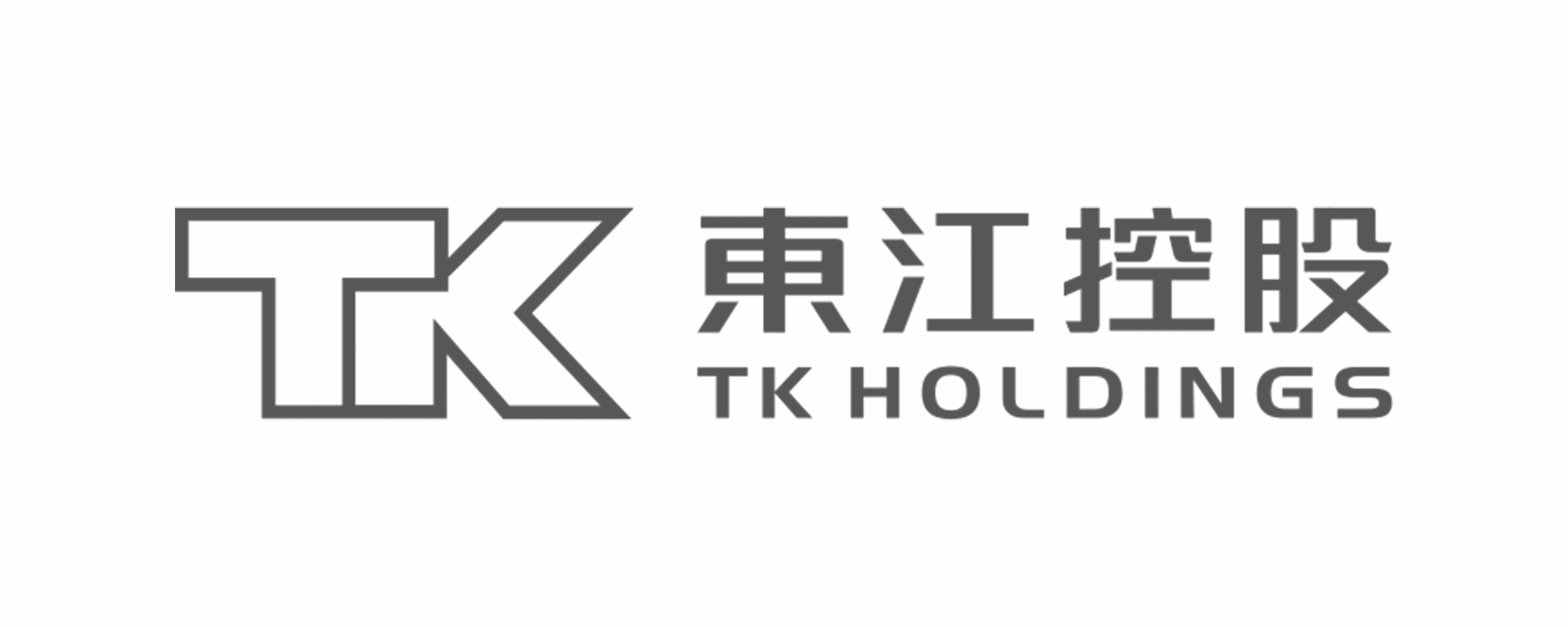Learn more about our partners
TactoTek® works with partners across the value chain to consult, advise, and support brand owners and their suppliers, helping them realize the very best capabilities of IMSE® technology. The sharing value and transferring of knowledge and information for ecosystem partners can help realize how costs and manufacturing can be streamlined to the fullest extent.
This ecosystem spans suppliers of materials and electronics that comprise IMSE parts, contract design and manufacturing entities, Original Equipment Manufacturers (OEMs), and brands. It is in the interest of materials and component vendors to help build the IMSE market, which is why many work in partnership with TactoTek to develop the market and optimize their products to support the simplified manufacturing techniques and processing IMSE offers. IMSE technology only uses REACH, RoHS, and Conflict Mineral compliant materials and components for verified material stacks and structures.
TactoTek IMSE parts include, for instance, in-mold labeling (IML) films, plastic resins, conductive inks, connectors, and electronic components, and most also include decorative inks and printed insulators (dielectric material), the latter to enable multi-layer circuit patterns.
Electronics such as LEDs, microprocessors, LED and touch controllers, accelerometers, etc., are standard components and the same parts are used in traditional electronics designs, including on standard printed circuit boards (PCBs.)
TactoTek partners with specialty design and engineering companies with close relationships to OEMs. These partners support OEMs and manufacturers in designing and engineering phases of IMSE parts, matching the full potential of the technology with the customers' design vision and needs.
Manufacturing partners have the license and know-how to manufacture IMSE parts in scale. Some work directly with TactoTek to develop new designs to shop for their OEM customers on their initiative; some are identified by OEMs as prospective TactoTek-licensed mass production suppliers.
TactoTek works closely with OEMs to help them realize the full potential of IMSE right from the start and accelerate IMSE technology ‘design in’ for new products.


















































